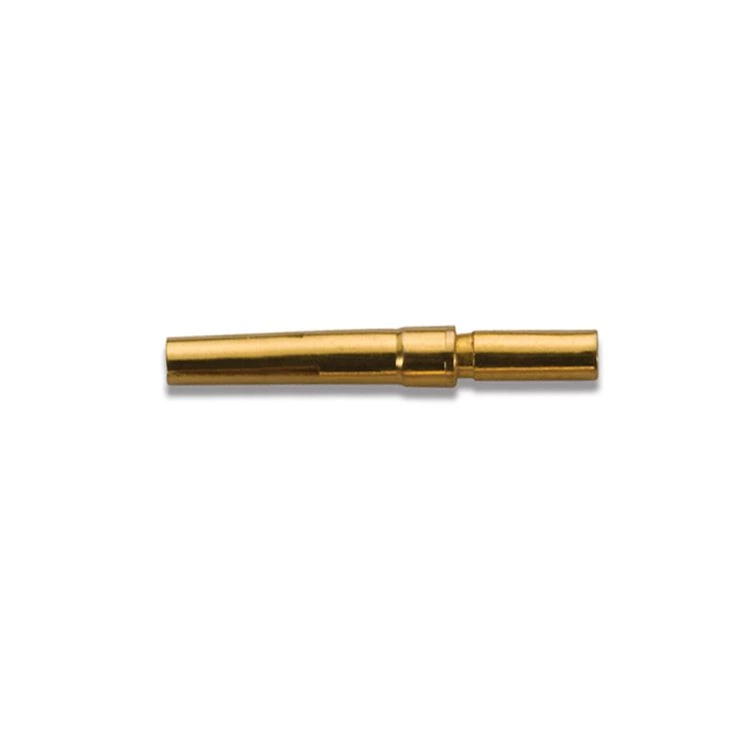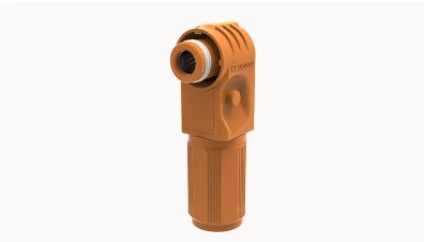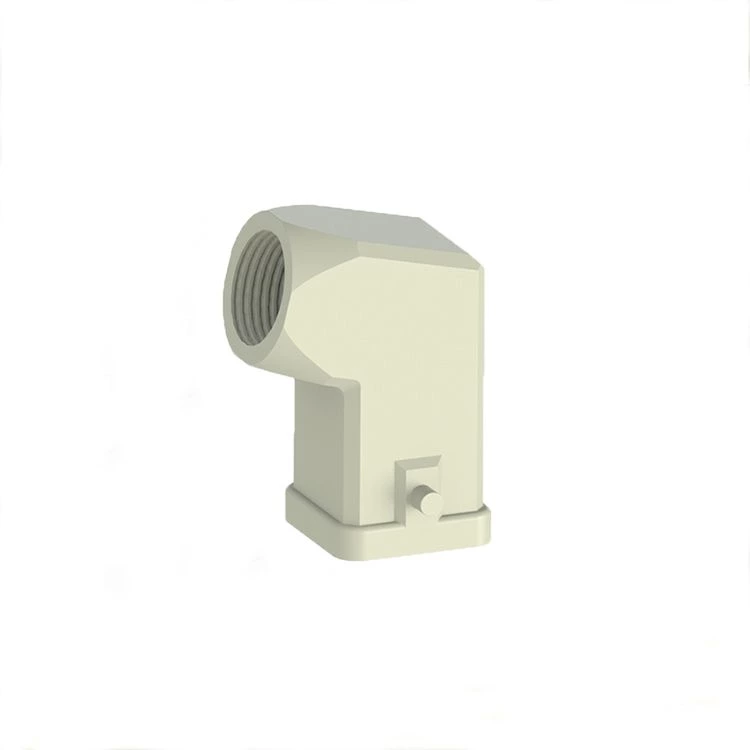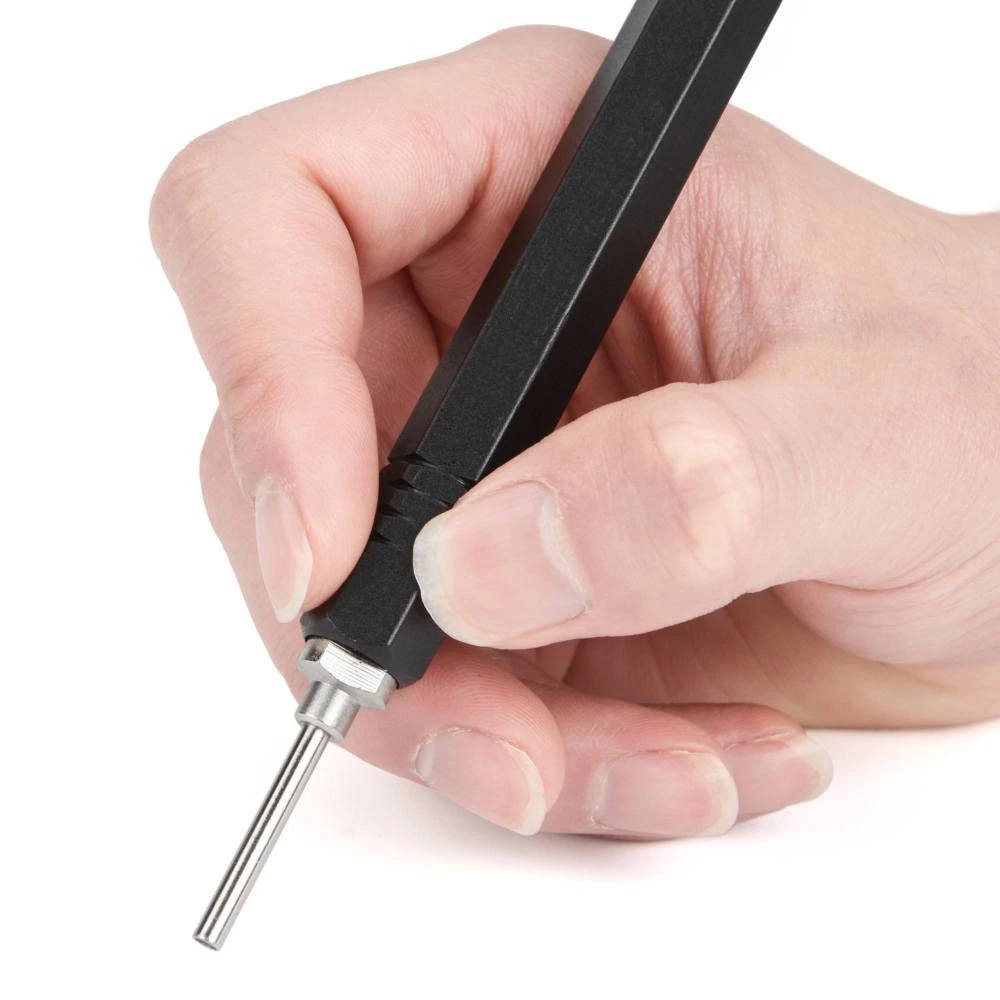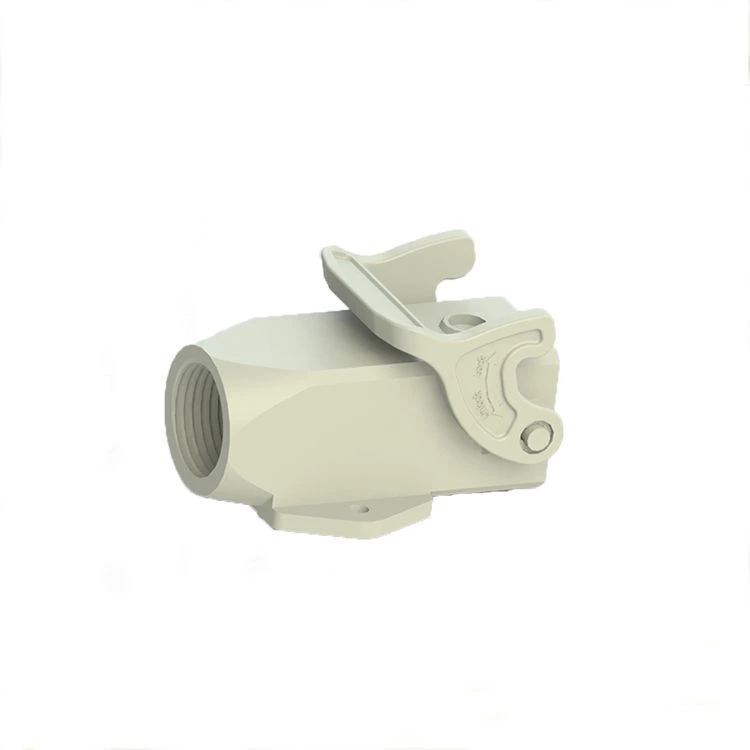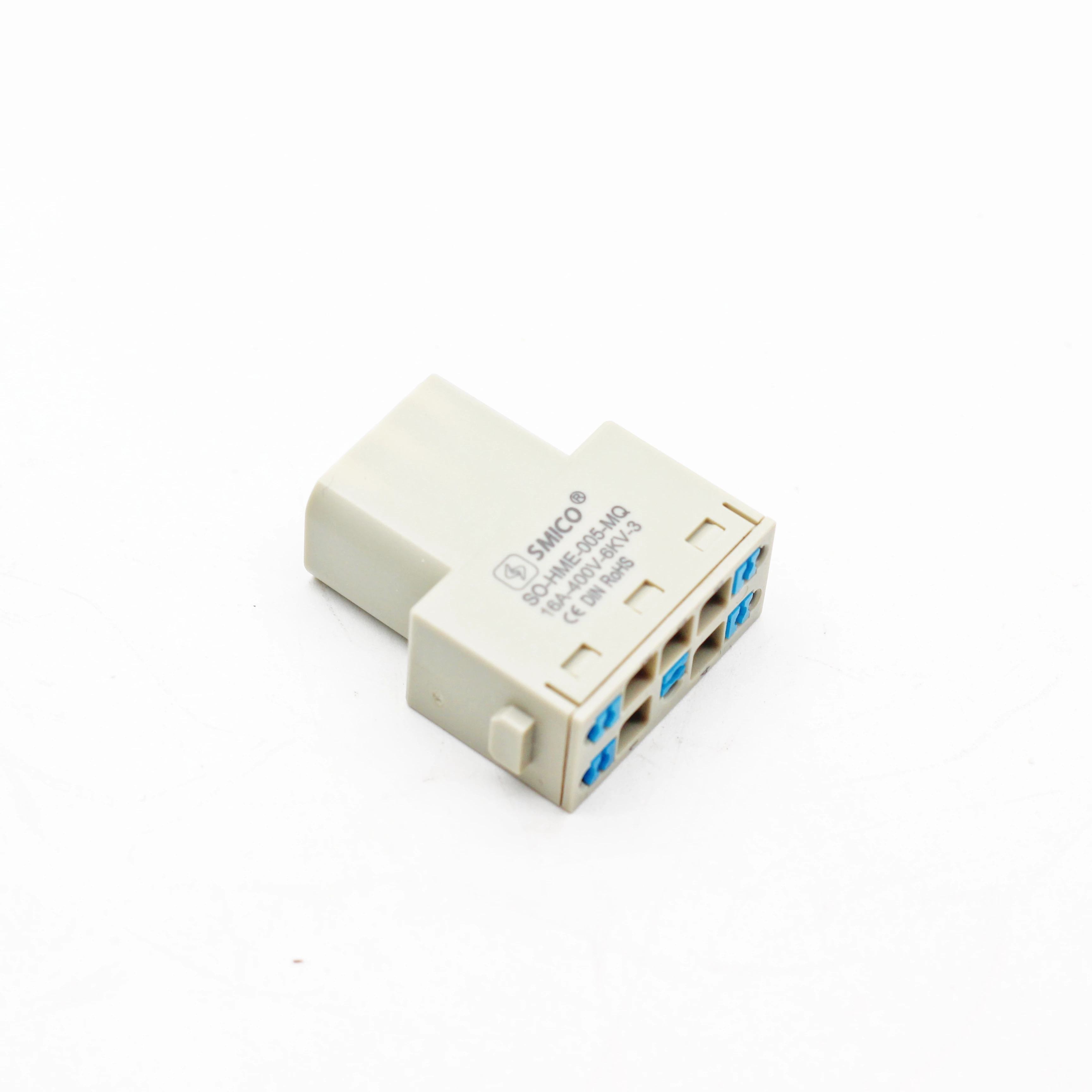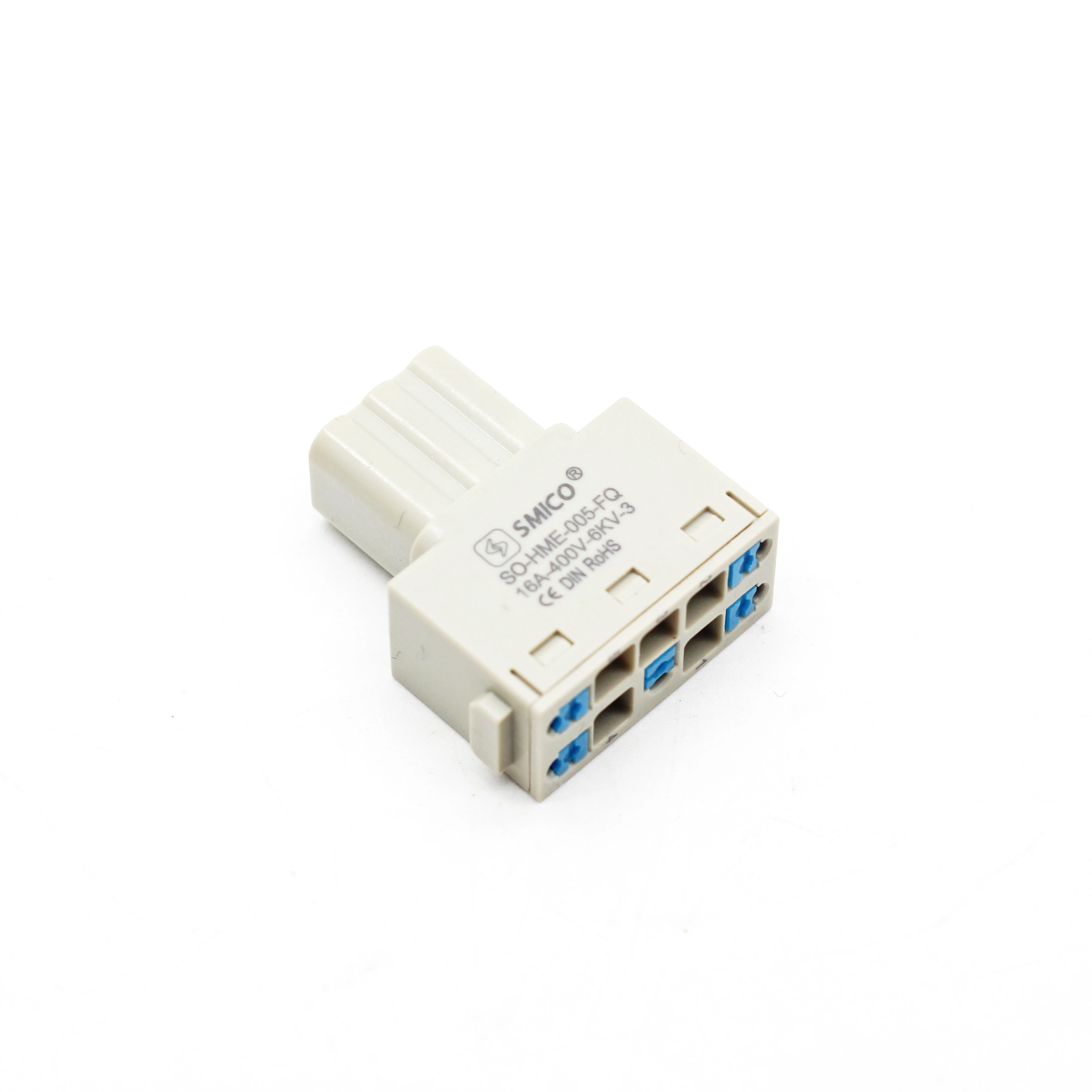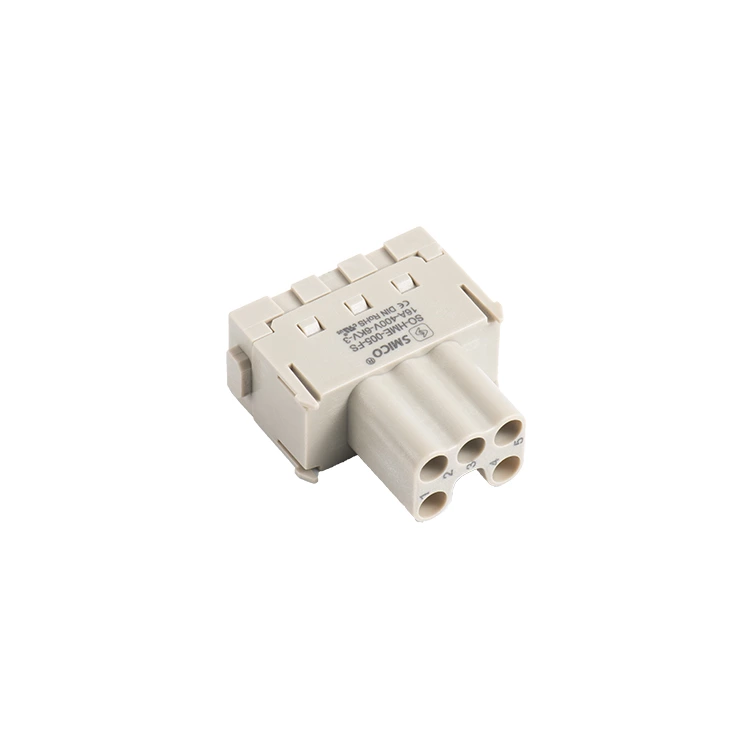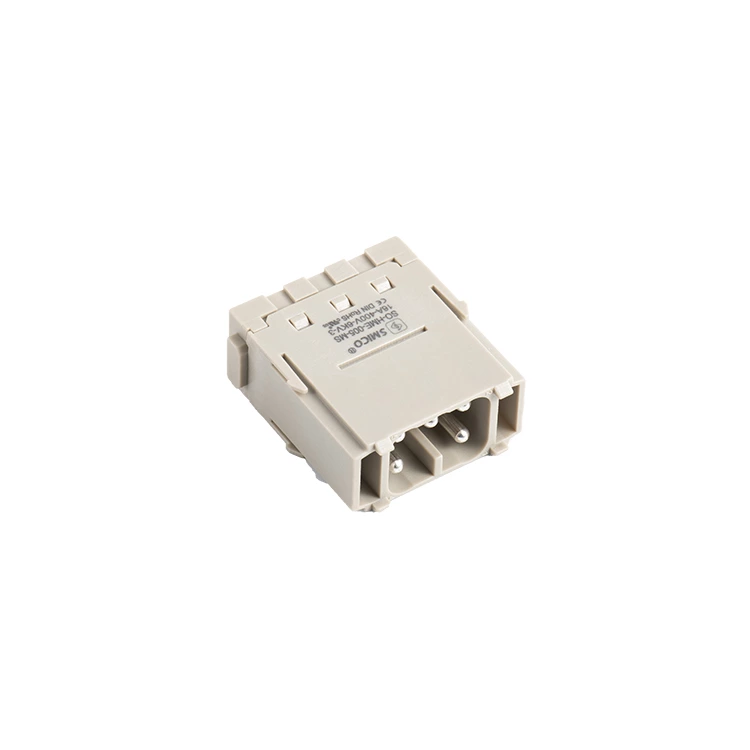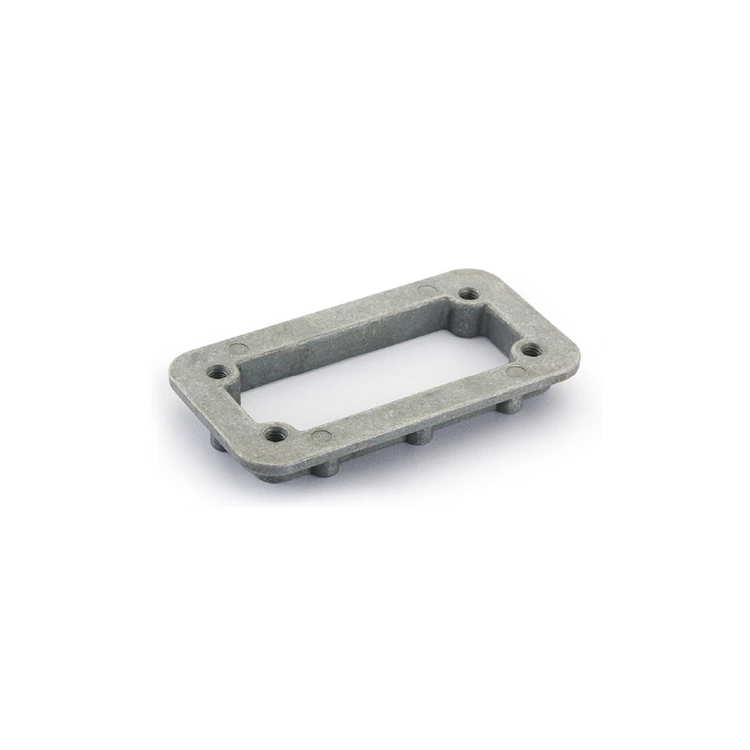Cold Press Needle Aperture Standard
1. Aperture size
female crimp contact The aperture standard varies according to the specifications and uses of the pin. Generally speaking, the pin aperture size ranges from 0.3 mm to 2.0 mm. The specific aperture size should be selected according to actual needs and pin specifications.
2. Aperture tolerance
The aperture tolerance is the difference between the actual size of the hole and the nominal size. In order to ensure the normal insertion and extraction of the pin, the aperture tolerance should be controlled within a certain range. Normally, the aperture tolerance is between ±0.03 mm and ±0.05 mm. For occasions with high precision requirements, the aperture tolerance can be further reduced.
3. Chamfering of the hole mouth
In order to facilitate the insertion and extraction of the pin, the hole mouth needs to be chamfered. The chamfer size is usually between 30° and 60°, depending on the shape and specifications of the pin. Chamfering can ensure a smooth transition between the pin and the hole mouth and reduce the resistance during insertion and extraction.
4. Hole depth requirements
The hole depth should meet the requirement that the pin can be firmly fixed after insertion. Generally speaking, the hole depth should be slightly larger than the diameter of the pin to ensure that the pin can be stably fixed on the substrate. For pins of different specifications, the hole depth requirements will also be different, and need to be selected according to the actual situation.
5. Hole wall quality
The hole wall quality is crucial to the fixation and transmission performance of the pin. The hole wall should be smooth, free of defects such as burrs and cracks to ensure that the pin can be inserted and pulled out smoothly. At the same time, the hardness of the hole wall should be high enough to avoid wear and deformation during use.
6. Dust and moisture resistance
The male crimp contact aperture standard also involves the requirements for dust and moisture resistance. In order to ensure that the pin can work normally in harsh environments, the aperture should be kept clean and dry. At the same time, the hole mouth should be well sealed to prevent dust and moisture from entering the hole. For pin connectors with dust and moisture requirements, corresponding protective treatment is also required.
